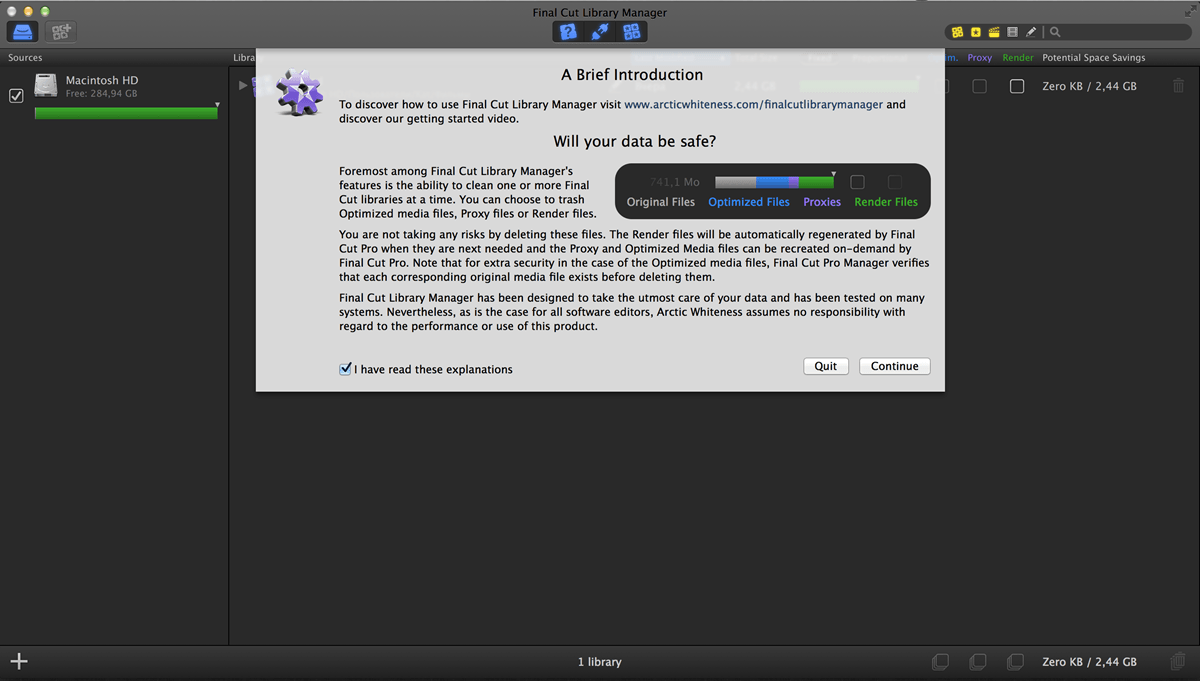
Once you know exactly what relevant qualities you have to offer, set down the most useful ones in the place they will be seen quickly. Read through your list and check off any items that relate to your previous skills, experience, or responsibilities. This will help ensure you make it past the ATS. If they list responsibilities and duties that you have previously handled, write those down too, and be sure to pull out any specific keywords or phrases from the job posting. Then, read the job description and make a list of any specific job requirements, skills, attributes, experience, and qualifications. So do the research:Īll of this will enable you to further tailor your résumé to match what the employer is looking for. This is important because many companies will receive a lot of applications, and any résumés that don’t seem relevant or are too generic will likely be tossed after a first glance.Įvery job has requirements for specific qualifications, skills, and experience, and tailoring your résumé to the employer and the job enables you to present your experience in a way that quickly showcases that you’re well-suited for the role. If you want to make it past the first round of cuts and have the chance at an interview, your first move should be to identify target job openings and design your résumé with those jobs in mind. Use a font that’s easy for both humans and machines to read, and use formatting sparingly. Instead of a fancy résumé, keep it simple.

Additionally, recruiters may have difficulty reading overly formatted résumés. It’s difficult for an ATS to read columns, fancy fonts, and charts.

Too much formatting can be distracting.Īlso, many companies use Applicant Tracking Systems (ATS) that are programmed to read traditionally formatted résumés. You can use bold, italics, or underline, but not all three in the same sentence.

Cut the fluff and excessive jargon, and don’t over format. Keep your résumé to at most two pages for experienced job seekers and one sheet for newer professionals. Break up different sections with spaces and borders, and big blocks of text with bullets or dashes.Just think: If you’re a hiring manager reading hundreds of résumés, the ones that will likely be best concisely convey the right information and are easily readable.


 0 kommentar(er)
0 kommentar(er)
